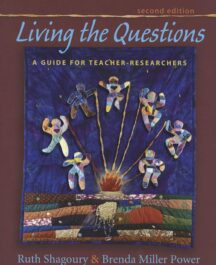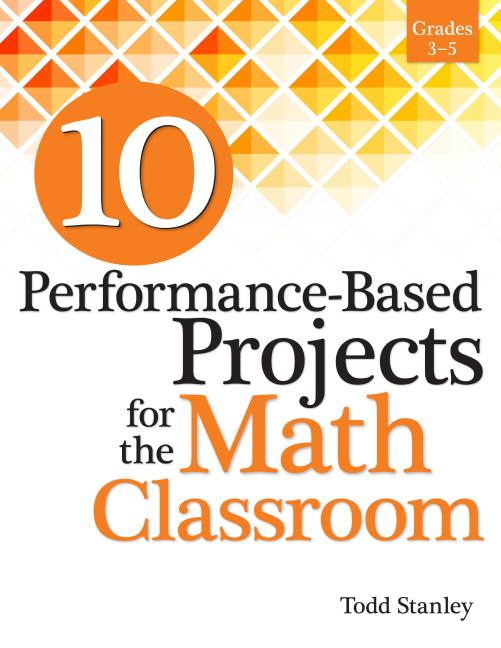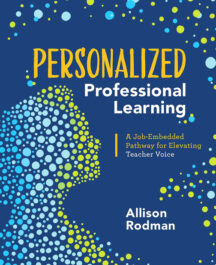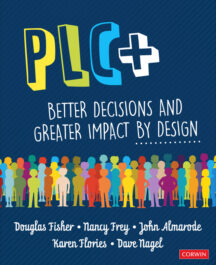Description
Laboratory experiences as a part of most U.S. high school science curricula have been taken for granted for decades, but they have rarely been carefully examined. What do they contribute to science learning? What can they contribute to science learning? What is the current status of labs in our nationï¿Â1/2s high schools as a context for learning science? This book looks at a range of questions about how laboratory experiences fit into U.S. high schools:
- What is effective laboratory teaching?
- What does research tell us about learning in high school science labs?
- How should student learning in laboratory experiences be assessed?
- Do all student have access to laboratory experiences?
- What changes need to be made to improve laboratory experiences for high school students?
- How can school organization contribute to effective laboratory teaching?
With increased attention to the U.S. education system and student outcomes, no part of the high school curriculum should escape scrutiny. This timely book investigates factors that influence a high school laboratory experience, looking closely at what currently takes place and what the goals of those experiences are and should be. Science educators, school administrators, policy makers, and parents will all benefit from a better understanding of the need for laboratory experiences to be an integral part of the science curriculumï¿Â1/2and how that can be accomplished.
NO TEXT FOUND.





